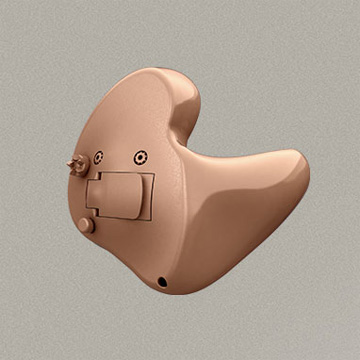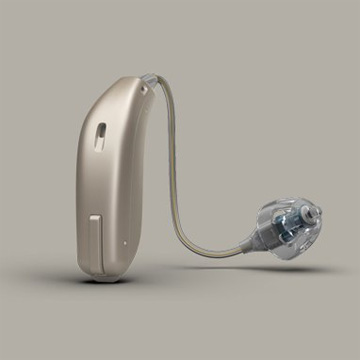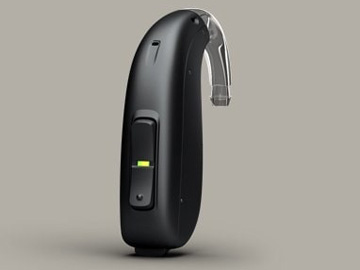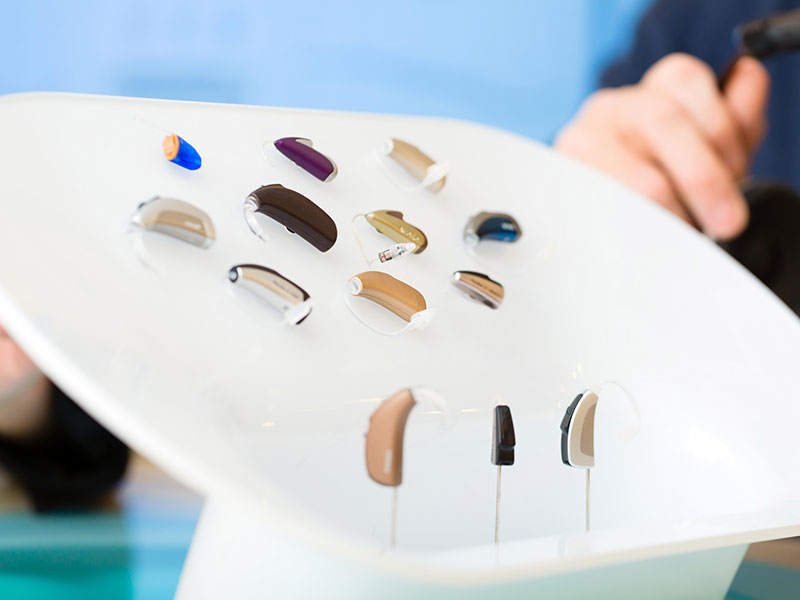How Do I Select My Hearing Aids?
We have a range of styles to suit your needs.
Let’s talk about the main groups of hearing aids and our recommendations.

ITE: IN THE EAR HEARING AIDS
Recommended for: people with disabilities or dexterity challenges who have mild to severe hearing loss.
If you need a truly custom-designed hearing aid, ITE is right for you. The entire hearing aid is custom molded to fit your specific outer ear and comes in pink, cocoa, brown, or beige to fit your skin tone. The plastic casing fits snugly in your ear and the amplified sound is superb.
ITE hearing aids can have two features easily added; automatic programming and telecoil (a feature that makes it easier to hear when you’re talking on the phone). Both features turn these hearing aids into hassle-free devices.

RIC / RITE: RECEIVER IN CANAL OR RECEIVER IN THE EAR HEARING AIDS
Recommended for: mild to severe hearing loss.
If you are an active adult or enjoy more tech-savvy devices these hearing aids might be perfect for you. The microphone technology decreases the background noise of environments while detecting and amplifying the conversations you want to hear. Additionally, the design will be virtually unnoticeable; the small plastic casing fits behind your ear or underneath your hair, and the speaker fits snuggly inside your ear canal. Nobody will be able to tell you’re wearing them!
RIC and RITE hearing aids have an ultra-thin wire that picks up sound. It can come with extra programming features including telecoil, automatic programming, alert signals, Bluetooth compatibility, and volume or programming controls. Imagine connecting your hearing aids to your phone or your car!

BTE: BEHIND THE EAR HEARING AIDS
Recommended for: people of all ages and degrees of hearing loss.
BTE hearing aids are customized to meet your hearing needs and are designed to be easily hidden. The plastic casing fits behind the top of your ear and the custom earmold is shaped to exactly match your ear canal. Color choices include tan, clear, or pink to blend in to your skin tone. The BTE hearing aid gives your ears a big power boost and has a variety of programming features.

ADD-ON: EXTENDED WEAR HEARING AIDS
Recommended for: mild to moderately severe hearing loss.
These hearing aids are placed near the eardrum and are great for reducing background noise and distortion. Unlike other varieties, they can be worn 24 hours a day for months on end without changing or replacing the batteries. The small design is almost invisible and they’re pretty much maintenance-free.

ADD-ON: SPECIAL HEARING AID FEATURES
Many of our hearing aid devices can have special features added to them like Bluetooth capabilities and controls, telecoil, noise management programs, automatic adjustment, ear-to-ear communication, and music programs. These features make it easier to communicate, although they are not always necessary.
Our hearing professionals are familiar with all of these features and can help determine if they would add benefit and quality to your lifestyle.

ITC / CIC: IN THE CANAL HEARING AIDS AND COMPLETELY IN THE CANAL HEARING AIDS
Recommended for: mild to moderately severe hearing loss.
If you need hearing aids that are virtually invisible, this is likely your best bet. These custom designed hearing aids are the smallest on the market, with the plastic casing being as small as 1-3 cm, and they fit partly or completely into your ear canal, which means nobody will notice. ITC and CIC hearing aids come with standard features but may also have wireless capabilities.

ADD-ON: OPEN FIT HEARING AIDS
Recommended for: mild to moderate hearing loss.
These hearing aids are similar to the BTE varieties but with a thin tube. It’s fairly unnoticeable and doesn’t plug the entire ear. This keeps the ear canal open so you can still take in some of the low-frequency sounds of your environment while others are amplified.